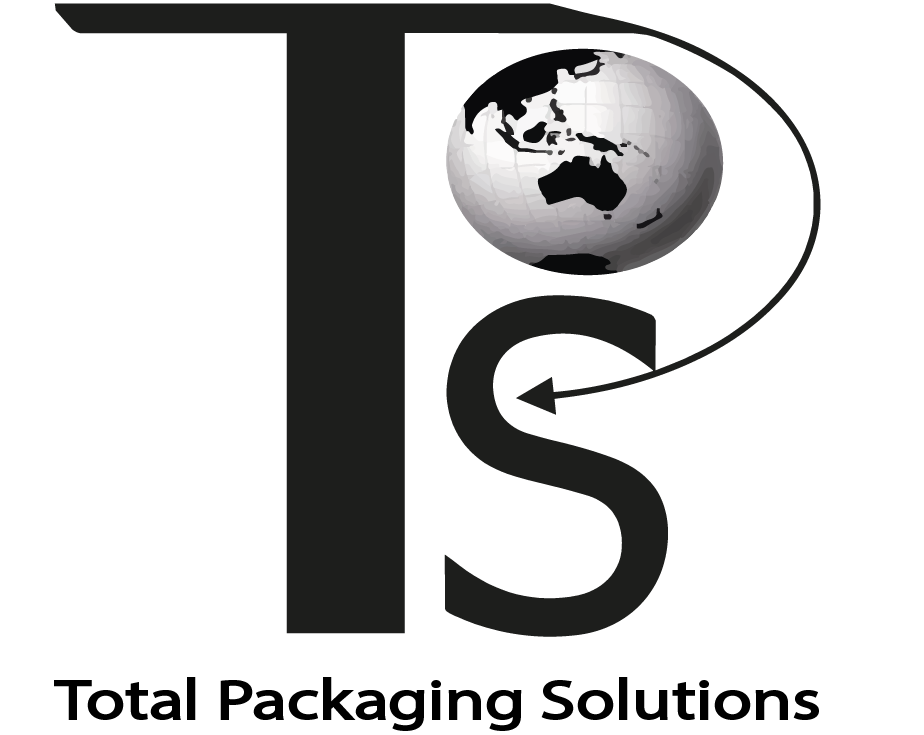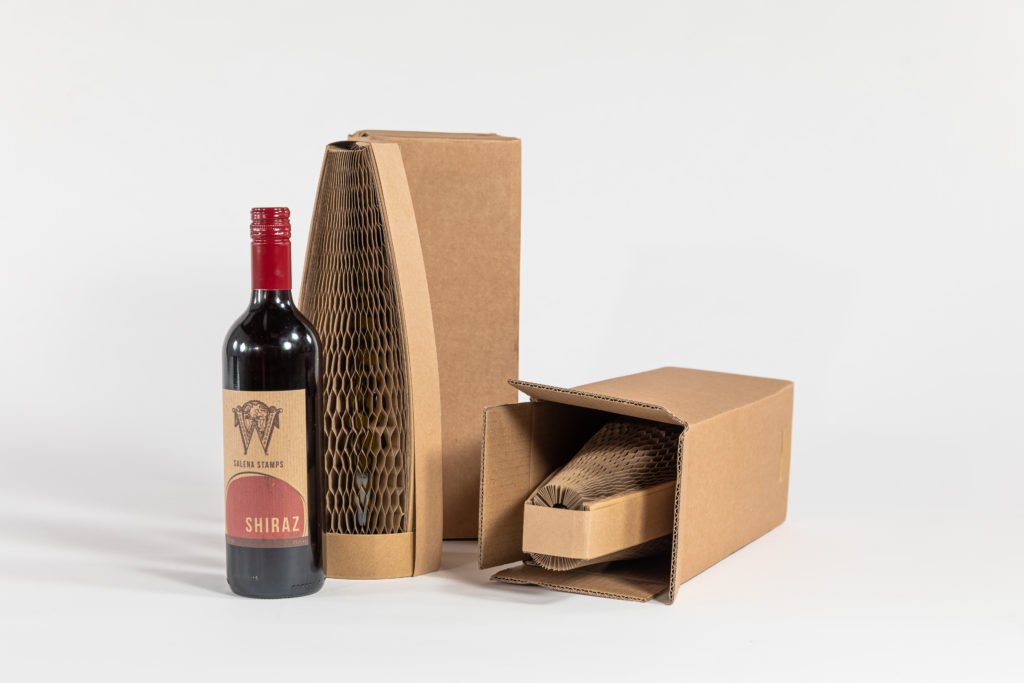Void Filling Packaging Options You Must Know Of
Void Filler Packaging
Void fill packaging, cushioning foam, air pillows, and bubble wrap are a few different options you can choose from when it comes to packaging. Packaging is an important part of any business. It is what protects your products and ensures that they reach their destination in one piece. In this blog post, we will discuss the benefits of each type of packaging and help you decide which option is best for your business.
Depending on the intended use and the product it is being utilised to safeguard, various types of void fill exist. Before you start selecting one, it's vital to understand the purposes and needs for void fills. They're commonly used to guard your valuables during transit, but they may also be used for presentation reasons or to actually protect the packaging.
Let’s Take a Look at the Types of Void fill Packaging You Can Use
1. Wrapping
If you're wrapping and protecting two hefty or delicate goods, you'll need something to wrap and protect them. This is typically something sturdy that won't shift about too much.
2. Block and Brace
This is the sort of filler you use when packing a box with a lot of weight. The void fill is used to secure an item in the container so that it does not shift around.
3. Loose-fill
Loose-fill is a type of void fill that you would expect to find in packing peanuts - something that usually protects your packaging.
There are several different styles of void fill, but they all serve the same purpose. So, what exactly can be used as a void filler?
Filler Materials:
Paper: Paper is the first item on the list. It is one of the most commonly utilised void fills for a variety of reasons. Because it is relatively inexpensive and can be recycled, what else could you ask for? It's ideal for eliminating any open area in your container, which might cause your items to shift about and get damaged. Paper may also be used to wrap fragile and delicate goods.
Void fill packaging
Tissue paper: Paper may be used to fill gaps and protect vulnerable objects, but tissue paper has similar uses. It is often utilised to improve the presentation of the over packaging because it is significantly thinner. One issue with tissue paper, however, which is not frequently recognized, is that it usually cannot be recycled. As a result, if you're searching for long-term alternatives, this isn't the one for you!
Foam cushions: Foam cushions, as the name implies, are soft and cushiony. They can be used to tightly secure an item or protect it from bumps in a wide number of ways. What makes foam cushions so excellent is that they may be cut to any shape and are highly adaptable.
Peanuts: Packing peanuts are not, in fact, peanuts (believe it or not!). They're actually a peanut-shaped piece of foam-like material that's inserted loosely into the packaging to protect the items inside. Because they're designed to interlock when compressed, they're able to do so! Isn't it ingenious?
Internal inserts: Another popular choice for a non-traditional void fill is an internal insert. Using an insert to keep everything in place can be a wonderful method to ensure that nothing shifts around and is damaged. It's also possible to make this inexpensively by using cardboard. It's particularly great for enhancing the appearance of packaging items that are intended to be given away as gifts.
Air pillows: Air pillows are always a lot of fun to get rid of once a package has been delivered, as they essentially shield the things within it from harm. They're reasonably priced and readily available, which makes them a popular choice. Another advantage of air pillows is that many now come from environmentally friendly materials. Previously, manufactured with plastic that could not be recycled, there are now several companies that provide biodegradable choices.
What is the purpose of using void fill?
Protect your goods on the journey
The most basic reason to utilize void fill is to safeguard goods during transit and on the journey. Filling empty space or padding around your item reduces the impact of the trip on your item automatically. This is not only important for delicate things, but also for most products because you don't want consumers to be dissatisfied with how the product has been handled.
Presentation is crucial, as well.
Voids may be used for a wide range of purposes, including filling them in with decorative void fills. People frequently believe that you must fill vases only if they're intended to keep items from being broken or destroyed. Voids have a number of additional applications as well. To add some flair to your packaging, you can use decorative void fills to enhance it considerably. When a consumer opens their package, the little bit of attractive tissue paper makes all the difference.
You don't want to damage the packaging
What exactly do we imply when we say "carefully"? Some heavy items, if not packed correctly, can severely damage packing. A significant item in a cardboard box will require some type of void fill to avoid ripping the packaging and escaping! Packing hefty goods may be as challenging as packing delicate things because the solution isn't always simple or straightforward, and it might include void fills!
There are several different types of void fill available, some of which are more useful than others. Paper, foam cushions, bubble wrap, peanuts (not the nuts), and air pillows are just a few examples of common forms of void fill. Depending on the intended use, look for the next blog about void fills to learn about all the choices.
Eco Friendly Void Fill
One thing to bear in mind is that not all void fills are permanent. Foam peanuts, for example, are a type of old-school void fill that may be very harmful to the environment. But don't worry, because there are always sustainable choices available. Paper is commonly recycled (if it isn't contaminated), and nowadays there are several biodegradable alternatives for items like air pillows that minimise environmental damage considerably.
Here are some of our top recommendations for your void fill packaging:
Try to avoid adding any weight to your parcel, since this will just raise the shipping costs!
Consider how you'll fill the space in your packaging design when you're thinking about it. This will only make packing and keeping your goods safe easier.
Overpacking your stuff will just cause additional harm, so make sure everything is in its proper place.


